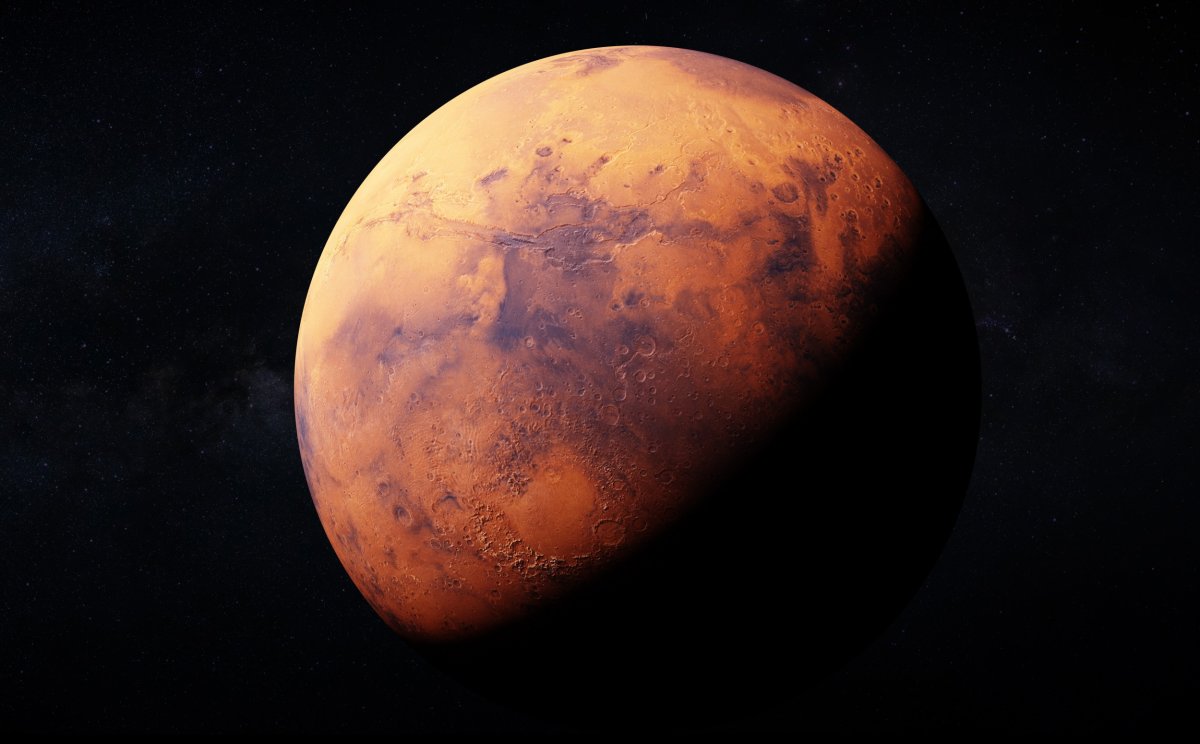Scientists have peered more than 600 feet under the surface of the planet Mars using sensitive instruments, and their data is consistent with evidence of dried lava flows from billions of years ago.
The researchers' methods involved observing what are known as Rayleigh waves. These waves are similar to how rolling waves move through water, except they travel across solid surfaces instead.
Studying Rayleigh waves is nothing new. Scientists look at them here on Earth, and they can reveal details about what the surface beneath them is made of.
On Earth, vibrations in the ground can be caused by a number of natural factors such as the activity of oceans and human beings. On Mars, however, these two factors are not present. Instead, the scientists had to rely on the wind.
When Martian wind interacts with the planet's surface, it causes tiny ambient vibrations or waves that can be detected with sensitive instruments.
Mars does not have any seismic monitoring stations like Earth does, but it does have the InSight Mars Lander that NASA sent back in 2018.
The InSight lander is specially designed to probe under Mars' surface using a seismometer and tell us more about what's beneath the planet's surface, what it's made of, and ultimately how it formed around 4.5 billion years ago.
Using the seismometer the researchers were able to detect the very slight vibrations in Mars' surface that are caused by the wind, even though the size of these vibrations were "significantly" smaller than what would be found on Earth, the study notes.
"With its geophysical instrument suite, InSight is the first mission capable of investigating the near-surface beyond a few centimeters of depth," the researchers write.
Using data extracted from these seismic vibrations, the scientists said they were able to map around 200 meters (656 feet) below Mars' surface.
Their data supported the existence of stacks of ancient dried lava flows beneath the planet's surface, hinting at its highly volcanic past. They also found a sedimentary layer at a depth of between 30 and 75 meters, sandwiched between volcanic rocks.
William Banerdt, one of the scientists behind the study and a principal investigator on the InSight project, told Inverse: "The nice thing about this investigation is it gives a really clear indication of a lava flow over a sedimentary layer which overlays another lava flow.
"This helps to tie this to trying to figure out what the timing was between the various different activities."
Mars' volcanic past is well-known. The planet is home to Olympus Mons, the largest known volcano in the solar system. It is approximately 72,000 feet tall, which is more than twice the height of Mount Everest, according to the Lowell Observatory.

Uncommon Knowledge
Newsweek is committed to challenging conventional wisdom and finding connections in the search for common ground.
Newsweek is committed to challenging conventional wisdom and finding connections in the search for common ground.
About the writer
To read how Newsweek uses AI as a newsroom tool, Click here.








